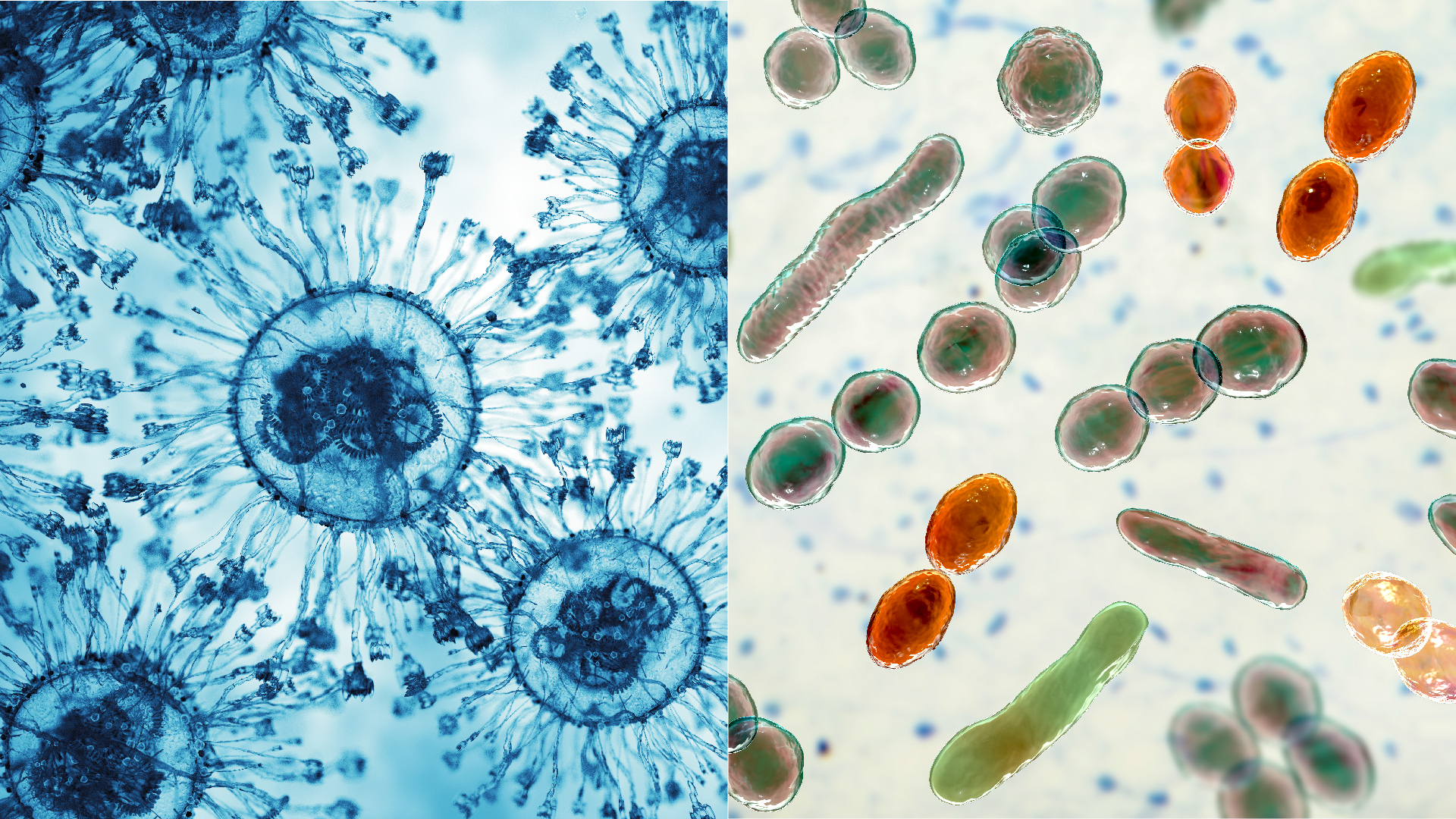Minerals, Vol. 14, Pages 1044: A Comparison Study on the Recovery of REEs from Red Mud by Sulfation Roasting–Water Leaching and Citric Acid Leaching
Minerals doi: 10.3390/min14101044
Authors: Hossein Shalchian Mohsen Hajizadeh Navakh Ionela Birloaga Abolfazl Babakhani Francesco Vegliò
In this study, the recovery of rare earth elements (REEs) from red mud (bauxite residue) was explored through a combination of citric acid leaching and sulfation roasting–water leaching processes, introducing an innovative approach to the field. The research uniquely investigates the influence of citric acid on the leaching behavior of REEs and impurities in both untreated red mud and red mud subjected to sulfation roasting, providing a direct comparison of these methodologies. A novel aspect of this study is the evaluation of solvent extraction efficiency using DEHPA, highlighting the selective recovery of REEs over impurities from both citric acid and water-leaching solutions. Furthermore, a comprehensive phase analysis using X-ray diffraction (XRD) was conducted to track the transformations of minerals during the sulfation roasting process, an original contribution to the literature. The findings revealed that over 85% of REEs and major elements such as Fe, Al, Ca, and Ti dissolved in water after sulfation at 105 °C, while iron and titanium dissolution significantly decreased following roasting at 725 °C. Importantly, terbium, neodymium, and gadolinium extraction efficiencies were notably affected by roasting temperature. Citric acid leaching results demonstrated that the direct leaching of red mud leads to higher leaching efficiency than leaching it after the roasting process. Solvent extraction demonstrated lower terbium and neodymium recovery from citric acid solutions compared to water leaching solution. Finally, stripping experiments illustrated that 6M H2SO4 solution is capable of stripping more than 80% of rare earth elements, except terbium.

 10 hours ago
11
10 hours ago
11


